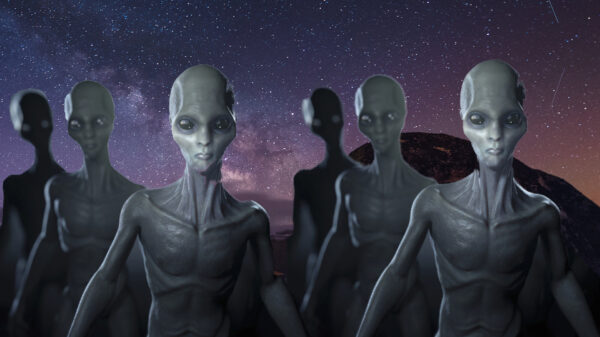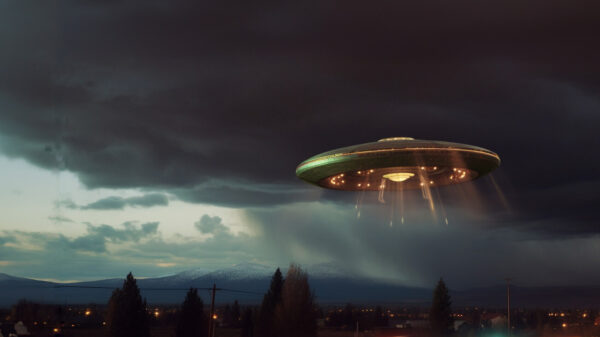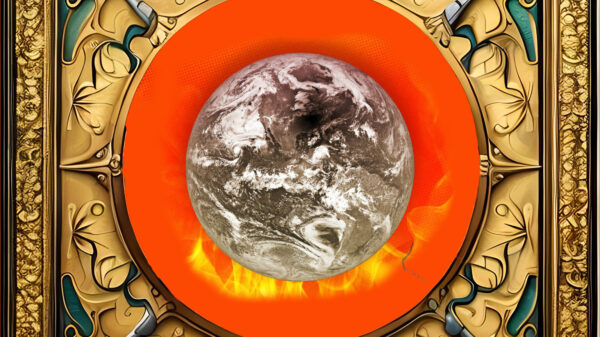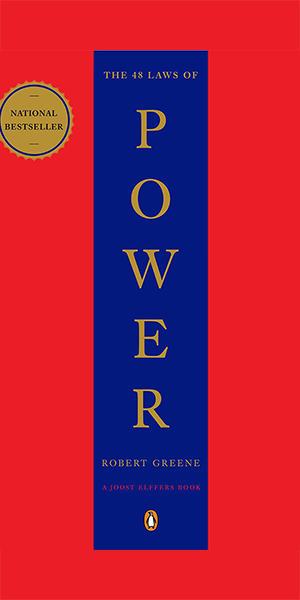Unveiling the Mysteries: The Genesis of Governmental Conundrums on UFOs
Way before the Pentagon’s headline-grabbing decision to uncloak some of its once-classified UFO dossiers, the dance between government departments worldwide and these unidentified aerial enigmas has been an intriguing ballet of revelation and reticence.
Rewind to the days of the 1947 Roswell episode, an incident that sparked intrigue and laid the foundation for a potent cocktail of speculation. The Air Force’s ambitious, yet controversial Project Blue Book, that ran from 1952 to 1969, kickstarted an era of tight-lipped investigations. Critics pointed fingers at a process that seemingly skimmed over significant evidence, igniting a prolonged debate on the government’s approach to UFOs.
Globetrotting Through Disclosure: UFO Transparency Around the World
The international reaction to the UFO phenomenon is a palette of differing hues. Countries like France, Belgium, and Chile have taken proactive steps, birthing official bodies to probe into the realm of UAPs, often with a refreshing transparency that stands in contrast to their American counterparts.
Imagine the French space agency CNES’s unit, GEIPAN, which has been at the forefront of UAP investigation since the 1970s, or Chile’s equivalent entity, operating with a level of candor that showcases an alternative roadmap to managing these enigmas.
Disclosing the Disclosed: The Intricacies of Declassification
The U.S. Department of Defense’s recent maneuver to unfurl classified UFO files is a game-changer, signaling a watershed moment in governmental response to the phenomenon. This move has been a catalyst, rekindling interest and propelling dialogues around the origins and nature of UAPs into new realms of possibility.
However, the glare of this new transparency isn’t without shadows. Detractors raise concerns about the disclosure’s fragmented nature, with hefty redactions and inconclusive data leaving more questions than answers. The timing and motivations behind the release have also sparked debates, with some arguing it’s a sensationalist move, aiming to captivate public fascination rather than provide definitive insight.

The Art of Discreditation: Marginalizing UFO Enthusiasts
Stigma and ridicule have often been the unfortunate companions of those daring to dive into the UFO realm. This climate of discreditation, whether calculated or coincidental, has dampened serious scientific and academic exploration of the phenomenon.
Historical records show how entities like the CIA actively campaigned in the mid-20th century to debunk UFO sightings and suppress media attention. This strategy, while successful in fostering a culture of skepticism, may have inadvertently obfuscated the path to understanding this phenomenon.
Beyond the Unknown: Setting the Course for the Future
As we stand on the cusp of an era ripe with advanced tracking technologies and a public that’s increasingly vocal in its demand for transparency, governments might find it challenging to maintain their traditional poker-face approach to UFOs.
What was once a fringe fancy is now morphing into a credible scientific inquiry, and this transformative leap warrants a future where government disclosures are more transparent, and the stigma attached to UFO interest is but a historical footnote.
That said, the balancing act between the twin peaks of national security and public curiosity continues to be a formidable challenge. The latest disclosures, while a significant stride, signal that the voyage to the heart of the UFO enigma has merely begun. Whether the enigma turns out to be a secret of earthly adversaries, future visitors, or untamed natural phenomena, it’s clear that the quest for truth, no matter how elusive, remains the most pivotal mission.
As we pivot into this new age, governments worldwide must chart a course that sails past doubt, skeptics, and stigma to explore the unexplored – the enduring enigma of the UFO.
Comments
0 comments




















